#Native shrubs
Text

Snowberry Blossoms in morning light, Yellowstone Lake area, YNP, Wyoming
(c) riverwindphotography
1K notes
·
View notes
Text

Viburnum dentatum / Southern Arrowwood at the Sarah P. Duke Gardens at Duke University in Durham, NC
#Viburnum dentatum#Viburnum#Viburnaceae#Southern Arrowwood#Arrowwood viburnum#Roughish Arrowwood#Arrowwood#Native flowers#Native plants#Native shrubs#Flowers#Plants#Shrubs#Plantblr#Nature photography#photographers on tumblr#Sarah P. Duke Gardens#Duke Gardens#Duke University#Durham#Durham NC#North Carolina
8 notes
·
View notes
Text
Blueberry Blossoms
A few years ago, I found a small grove of blueberries on the border of my property in the woods. Naturally, I dug them up and placed them where they would get more sun and less competition.
These blueberry bushes are not as compact as a lot of other blueberry bushes that I’ve seen. The berries are also smaller, not as sweet. This may be due to their exact variety, but also may be due to them…
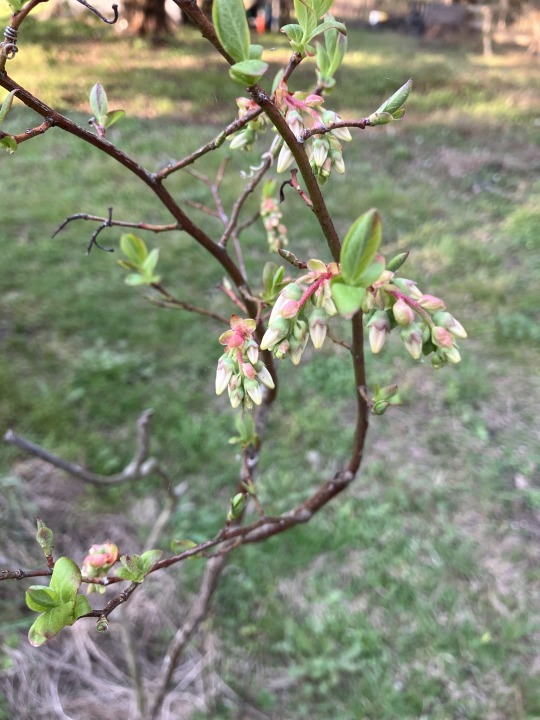
View On WordPress
2 notes
·
View notes
Photo

Landscape Pond
#Inspiration for a sizable#rustic#summerfront yard pond. deck patio#native shrubs#native trees#pond#stream#water fall#landscape
2 notes
·
View notes
Photo

Landscape Gravel Chicago
Inspiration for a sizable, gravelly, contemporary backyard with a fire pit.
0 notes
Text
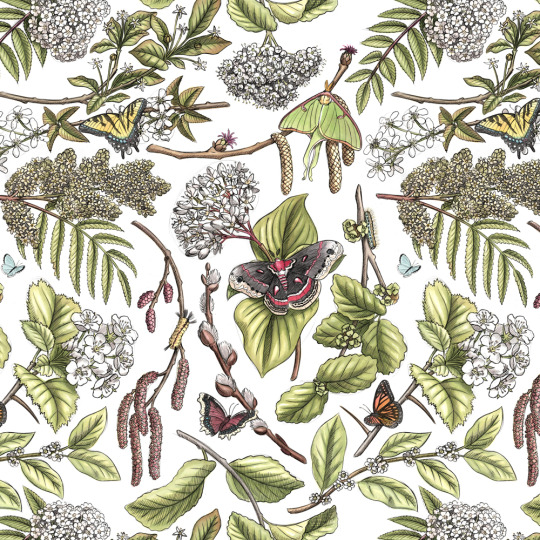
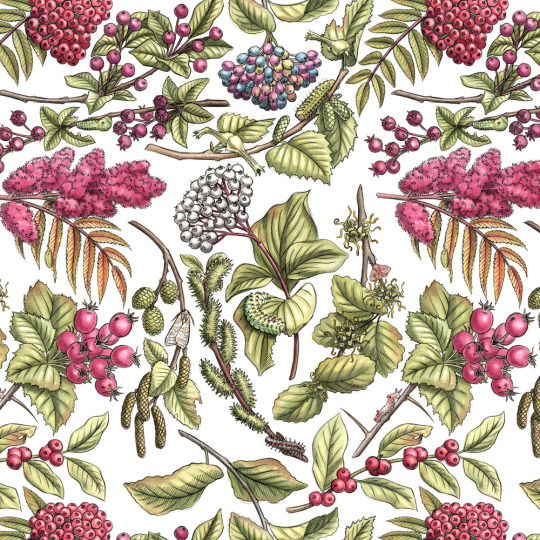
New England native shrub patterns, in spring and autumn. Featuring some lepidoptera species hosted by the plants, in their larval and adult forms. For a project that's been 4 years in the works… More details soon.
Mountain Holly
Northern Wild Raisin
American Mountain Ash
Shadbush with Eastern Tiger Swallowtail Butterfly
Beaked Hazelnut with Luna Moth
Staghorn Sumac with Spring Azure Butterfly
Red-osier Dogwood with Cecropia Moth
American Witch Hazel with Eastern Tent Moth
Pussy Willow with Mourning Cloak Butterfly
Gray Alder with Banded Tussock Moth
Big-fruit Hawthorn with Viceroy Butterfly
Winterberry Holly
#sketch#watercolor#illustration#art#design#pattern#plants#shrubs#native plants#nature#naturalist#nature journal#jada fitch#maine#new england#wildflowers#berries#lepidoptera#drawing#pencil#moths#butterflies#butterfly#moth#caterpillar#larvae#artist#maine illustrator#nature art#field sketch
271 notes
·
View notes
Photo
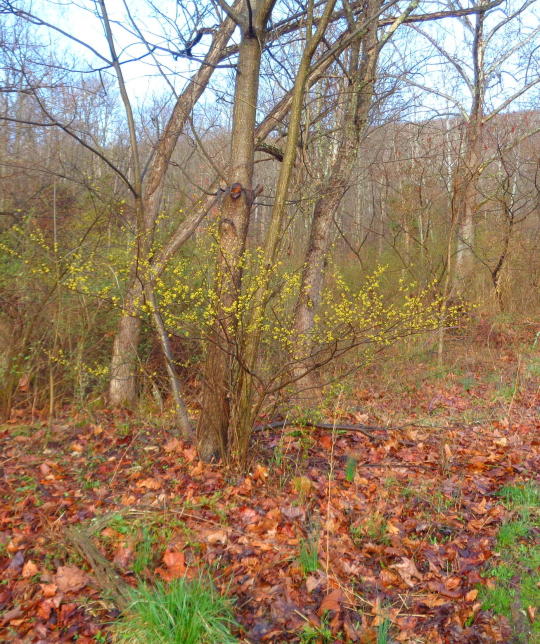
Spicebush (Lindera benzoin) blooming with its tiny clumps of yellow flowers. The leaves and twigs smell lovely, like lemon furniture polish*, the berries are red and beautiful. Whenever I am cutting brush this is one of the shrubs I leave because it’s native here and beautiful and useful.
* It’s often identified as smelling ‘lemony,’ which is broadly correct, but it could be more accurately described as smelling *exactly* like Lemon Pledge furniture polish.
The berries look like this:

and the associated butterfly, Spicebush Swallowtail, looks like this:

48 notes
·
View notes
Text
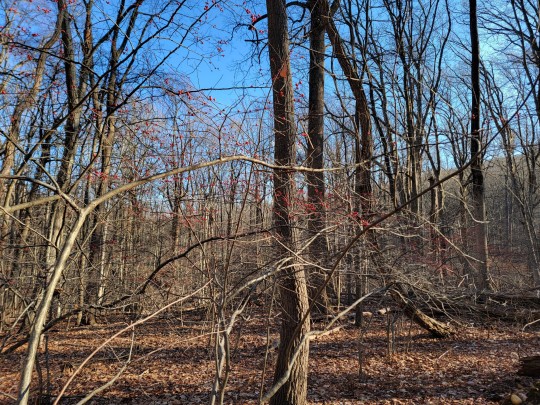

Winterberry Holly - Ilex verticillata
When I was a child, In winter we would drive past the misty floodplains of the Rockaway river where I would see cattails and red berries pop among the snow-covered forests. These charismatic plants are winterberries.
The term winterberry is often applied to specific members of the holly family, the term can refer to I. laevigata, I. montana and certain asian species as well like I. serrata. Like the name implies the winterberry is attributed to it's bright red fruit (female plants only) present from early autumn into winter. These are relatively common species in the nursery trade, although typically you'll find more compact showy cultivars than you would see naturally.
Winterberry plants are deciduous, understory shrubs, usually found in moist-flooded soils, which can grow up to 10 feet in height. In nature it's very common to find these growing in wetlands in semi-dense stands, they enjoy acidic soils however can thrive in neutral as well. These can be found basically the entire eastern US east of the Mississippi river.
To propagate winterberries: growing from seed is relatively difficult and I've had no luck, they need quite a few seasons to sprout. Cuttings in spring take relatively easily but in the wild its most common for plants to spread via colonal rooting.
The berries are sometimes confused with an aggressive invasive vine oriental bittersweet (orange-yellow multi-bunch fruits), you can easily distinguish them by paying attention to the stem structure from which they derive, and the winterberries single red round fruits which attach to the buds of branches.
#plant profiles#east coast native shrubs#native plants of eastern united states#winterberry#ilex verticillata
10 notes
·
View notes
Text

Scientific Name: Sapindus saponaria var. drummondii or Sapindus drummondii
Common Name(s): Western soapberry
Family: Sapindaceae (soapberry)
Life Cycle: Perennial
Leaf Retention: Deciduous
Habit: Tree, shrub
USDA L48 Native Status: Native
Location: Allen, Texas
Season(s): Winter
It’s called soapberry because you can make soap from it!
Soapberries are also offered commercially “soap nuts,” though the ones I’ve seen for sale are Sapindus mukorossi, which is a species native to Asia.
Speaking of species, the genus Sapindus comprises about 12 species. I’m guessing the exact number isn’t settled because, as in the case here, whether this plant is a subspecies or its own species depends on whom you ask. The USDA Plants Database shows that S. saponaria is native to the southern U.S., from the Atlantic coast to Arizona, whereas var. drummondii only exists west of the Mississippi River. This difference is apparently enough for iNaturalist and its taxon authority POWO to elevate it to the full species level.
The fruits are about ½″ (12 mm) in diameter and form in the summer; they are pale green and opaque when young before maturing to a translucent amber in the fall.
#Sapindus saponaria#Sapindus drummondii#western soapberry#soapberry#Sapindaceae#perennial#deciduous#tree#shrub#native#Allen#Texas#winter#fruit#orange#taxonomy#taxonomic confusion#plantblr
8 notes
·
View notes
Note
What are the cast's favourite flowers? I was thinking sakura for Percy of course, maybe sunflowers for Elio, but what else?? I'm so curious 🙈🙈🙈
aha, actually it might surprise you to see what the answers are. these aren't rooted in flower language or anything, mind. it's just what we think they'd generally like on the basis of objective prettiness:
percy: doesn't actually like flowers. but, he thinks clovers are cute.
elio: ālula, which is endangered. it's prehistoric. he just thinks it's pretty neat and would only want to look at it from a distance.
jamie: whatever's in season. he likes all flowers.
deja: honeysuckles, but her preference for jasmine-scented things would mislead you by a mile.
cameron: sunflowers!
reynah: roses. they're a classic for a reason.
#keyframes vn#keyframes asks#im a sunflower truther but it's not for elio hahhaha#i think he finds a lot of enjoyment in the natural world around him#he's very anti grass incidentally .......... NATIVE SHRUBS AND PLANTS OR BUST!!!!!!
13 notes
·
View notes
Text
How to Identify American Holly
Click here to learn more about the How to Identify article series.
Name: American Holly (Ilex opaca)
Range and typical habitat(s): Typically southeastern United States, from eastern Texas to the Atlantic coast, southern Missouri, and central Florida to scattered portions of New England. iNaturalist observations also place it in portions of Michigan, Illinois, Ohio, and Oklahoma, showing some expansion compared to the 2014 BONAP map, so its range may be expanding in response to climate change. In most of its range it is an understory tree growing in the shade of larger species. However, in Florida’s scrub habitat it grows as a shrub.

Photo by Derek Ramsay, GNU FDL 1.2
Distinguishing physical characteristics (size, colors, overall shapes, detail shapes): At first glance American holly looks quite similar to the European holly (Ilex aquifolium) so commonly used got holiday decorations (more about the differences between the two below.) It has medium to dark green oval-shaped leaves, sometimes with a yellowish tint, whose margins (edges) have concave curves between sharp points that are regularly spaced; large leaves may reach three inches long.

Photo by Famartin, CCA-SA-4.0-INTL
The American holly’s leaves have a leathery, stiff texture, and may appear waxy, and the underside is paler, often yellow in color. Each leaf has a central vein (midrib) that is depressed, appearing almost like a deep crease. Thinner veins branch off of both sides of the midrib. Some leaves may display smooth margins instead of the more typically spiky ones, especially when they are high enough to be out of the reach of browsing herbivores like deer.
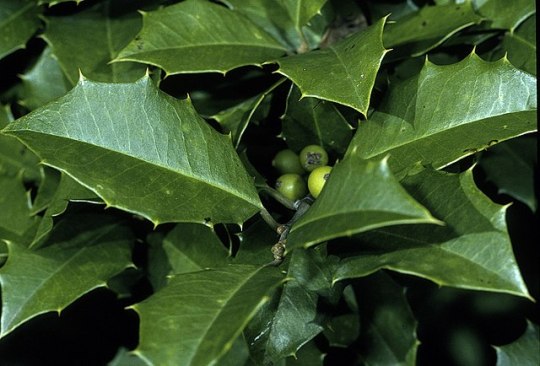
The foliage stays green throughout the year rather than being shed in fall; a given leaf may stay on the tree for up to three years before being displaced by a new replacement leaf. The leaves grow in an alternate pattern along a twig, with each leaf growing a little further along the twig than the last. The tree’s branches and trunk are covered in pale gray bark that is relatively smooth, but may have horizontal and vertical striations, along with various nodes and bumps, and might also play host to white patches of microlichen colonies. Other lichens, as well as mosses, also may add color to the American holly’s bark.
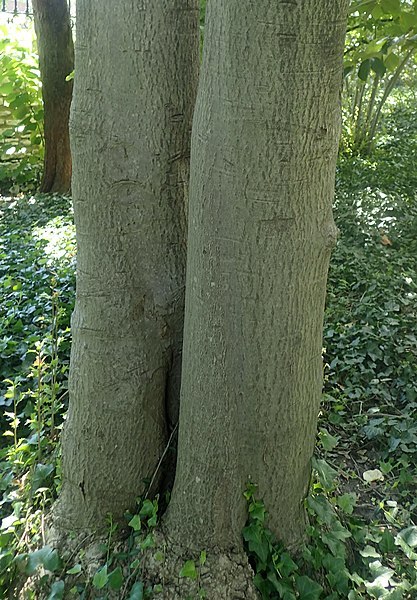
Photo by Krzysztof Ziarnek, CCA-SA-4.0-INTL
An exceptional specimen of American holly can reach almost 100 feet tall when mature, though it grows slowly. Such large trees are generally a century or more old, and the oldest on record was just a few years shy of 150.
The flowers of American holly are small (1/2″ or less across) with green centers and four (sometimes six) white petals that are broad with a rounded end, and whose tips curve back toward the plant. They grow in clusters of several flowers sprouting from one spot. American holly is dioecious, meaning that there are female and male plants; the males tend to reach sexual maturity a few years earlier than the females, but they all are generally reproducing by the age of ten.
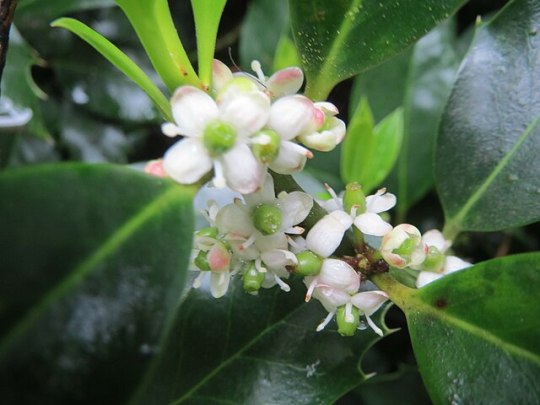
When fertilized by insects the female flowers then turn into the well-known red berries. Technically these are drupes rather than true berries, with four seeds apiece, and while they start out green they ripen to a bright red. The berries are popular with birds like cedar waxwings (Bombycilla cedrorum), but are toxic to humans and our pets.
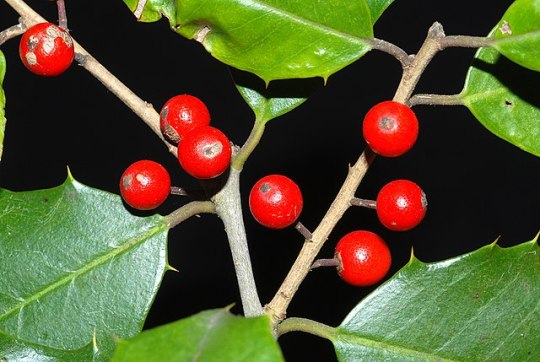
Photo by Douglas Goldman, CCA-SA-4.0
Other organisms it could be confused with and how to tell the difference: Due to their similarity, American holly and European holly may easily be confused at first glance, and both prefer the understory of a forest. However, the European species does not grow as large. The leaves of European holly are darker and have a glossier appearance; the edges may also be more warped where those of American holly lie comparatively flat. Moreover, European holly grows more commonly along the west coast of North America, and is more sparse throughout American holly’s native range, especially outside of cultivated spaces.

European holly (Ilex aquifolium)
Yaupon holly (Ilex vomitoria) is another species native to the southeastern North America, particularly the Gulf Coast states and the southern third of the Atlantic coast. It is a much smaller shrub that rarely exceeds thirty feet tall, and its leaves are round with serrated or scalloped edges rather than the pointed margins of American holly. The petals of the flowers may not curve as much as on American holly.

Yaupon holly (Ilex vomitoria)
Dahoon holly (Ilex cassine) also grows in the extreme southeastern United States, from Louisiana to the southern tip of North Carolina, and primarily along the coastline except in Florida where it can be found across much of the peninsula. Its leaves are longer and more slender than those of American holly, and the margins are almost entirely smooth except for a series of very small spikes.

Dahoon holly (Ilex cassine). Photo by Douglas Goldman, CCA-SA-4.0
Possumhaw (Ilex decidua) has long, slender leaves with a gently pointed tip and serrated edges. This deciduous plant drops its leaves in fall, unlike the evergreen American holly.

Possumhaw (Ilex decidua)
There are other plants that have similar leaves to American holly but that grow out of its range, such as the various species of Oregon grape (Mahonia spp.) in the Pacific Northwest, and holm oak (Quercus ilex), for which the genus Ilex was originally named.
Further reading:
USDA: American Holly
North Carolina Extension Gardener Plant Toolbox: Ilex opaca
Missouri Botanical Garden Plant Finder: Ilex opaca
Native Plant Trust: Ilex opaca – American holly
University of Connecticut Plant Database: Ilex opaca
Did you enjoy this post? Consider taking one of my online foraging and natural history classes or hiring me for a guided nature tour, checking out my other articles, or picking up a paperback or ebook I’ve written! You can even buy me a coffee here!
#holly#American holly#North America#native plants#Ilex#shrubs#plants#plant identification#nature identification#botany#trees#ecology#conservation#biodiversity#long post#nature#Yule#Christmas#holidays#scicomm
10 notes
·
View notes
Text



Sunlight dances through frosty willows and colorful currant.
(c) riverwindphotography, September 2023
413 notes
·
View notes
Text
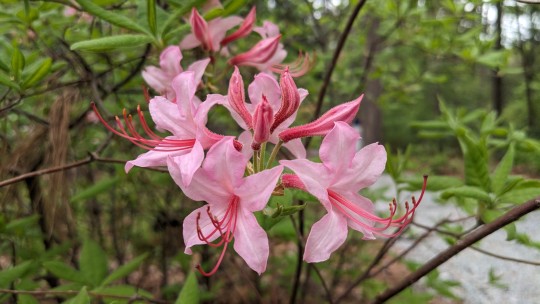
Rhododendron prinophyllum / Early Azalea at the Sarah P. Duke Gardens at Duke University in Durham, NC
#Rhododendron prinophyllum#Rhododendron#Ericaceae#Early Azalea#Azalea#Azaleas#Native plants#Native flowers#Native shrubs#Plants#Flowers#Shrubs#Plantblr#Nature photography#photographers on tumblr#Sarah P. Duke Gardens#Duke Gardens#Duke University#Durham#Durham NC#North Carolina
6 notes
·
View notes
Text
Earth Day
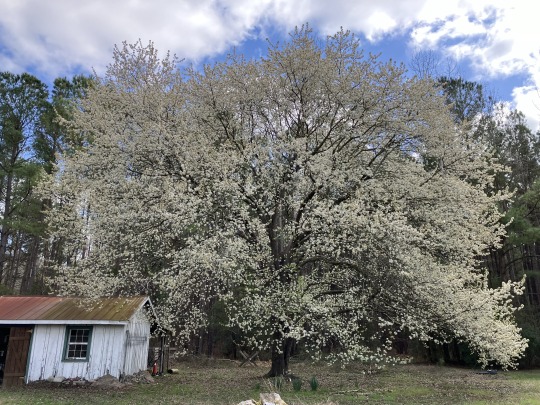
View On WordPress
1 note
·
View note
Text
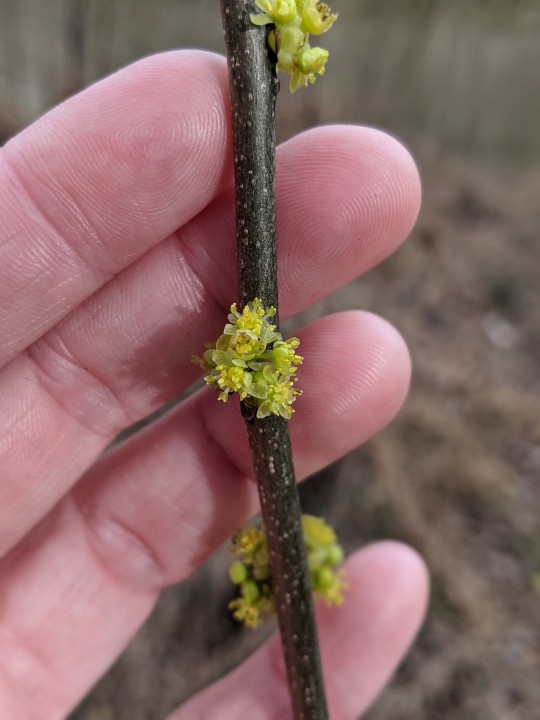

What's poppin' in late February: Part 5 of ~7
Lindera benzoin - Spicebush
Nice native shrub, not terribly noticeable most of the year. But in the spring, when the woods are still mostly gray-brown, its little yellow-green flowers stand out brightly. If you see one, make a tiny little wound in the bark with your fingernail & smell it. I can't describe it well - exotic, perfume/incense, also somehow chemical/industrial? - but I recommend experiencing it.
23 notes
·
View notes
Text
🌿discovering that nandina is an invasive plant in my area was soooo devastating 🌿
° 、 ✧ ‘ 🌻 ✰ , °
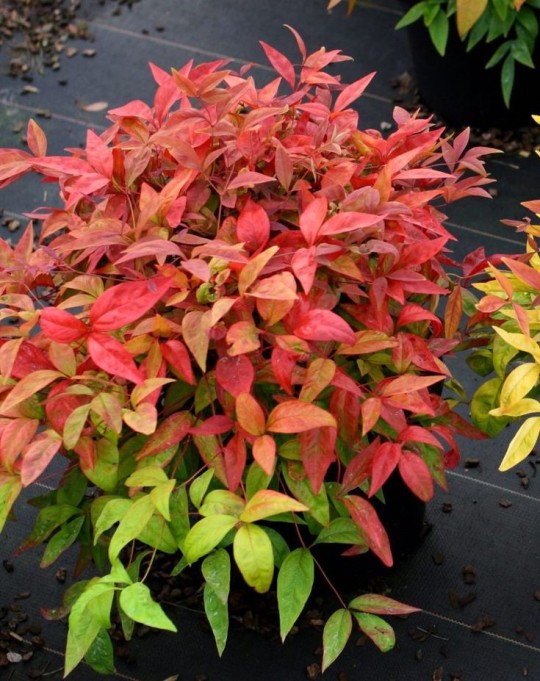
nandina (heavenly bamboo) is my favorite shrub!! it is sooo pretty and changes colors throughout the year 🍁 but i can't justify or recommend planting it ornamentally anymore!!
from what ive learned, it hails from asia— in china and japan, and was imported into the US as an ornamental shrub, used as yard dividers in the 70s. and eventually it spread so fast that it ended up in the woods and wilded areas.
the way it grows can be devastating to smaller plants on the wooded floor, as it will grow overtop of everything, shading plants under it and taking all of the sunlight for itself, which in turn doesnt allow the native plants in the area to thrive.
🌿
#horticulture#plants#plantblr#plant parent#horticulturalist#native plants#invasive plants#ornamental plants#shrubs#houseplant aesthetic#cottage aesthetic#cottagecore#plant aesthetic#plant tips#plant facts#bloomy's facts tag
2 notes
·
View notes